By Kathryn Will and River Lusky As we emerge from a long winter with the lengthening of days to warm the earth, I am drawn to books that get us thinking about nature–the plant and animal life in the world. As the NCBLA committee will tell you, I love books about nature, and this year many of the books we reviewed for the 2022 Notable Children’s Books in the Language Arts award list were about the natural world. For this text set we chose three books that leverage nonfiction, poetry, and a picture book to develop content knowledge, build vocabulary, and encourage divergent thinking about the natural world. They invite readers to be curious about nature in both big and small ways. Teachers can easily deepen and extend the texts through a variety of activities, and we have created a few to get you started. Wonder Walkers
If you are interested in learning more about how Micah Archer creates her collages check out the two videos below. The first provides a a brief glimpse of her printmaking, and the second offers a much more extensive look into how she creates the collage materials and assembles them for the book.
What's inside a flower and other questions about science and nature
Author Read Aloud. Brightly Storytime is is a co-production of Penguin Random House. The dirt book: Poems about animals that live beneath our feet
Announcing the 2022 NCBLA list
These are just three of the 774 books the seven members of the Notable Children’s Books in Language Arts book award committee read and reviewed for consideration of selection for the 30-book list created annually. The careful analysis and rich discussions over monthly (and sometimes weekly) Zoom sessions allowed us to create a thoughtful list that meets the charge of the committee.
The charge of the seven-member national committee is to select 30 books that best exemplify the criteria established for the Notables Award. Books considered for this annual list are works of fiction, non-fiction, and poetry written for children, grades K-8. The books selected for the list must:
2022 NCBLA Committee members
Kathryn Will, Chair (University of Maine Farmington) @KWsLitCrew Vera Ahihya (Brooklyn Arbor Elementary School) @thetututeacher Patrick Andrus (Eden Prairie School District, Minnesota) @patrickontwit Dorian Harrison (Ohio State University at Newark) Laretta Henderson (Eastern Illinois University) @EIU_PKthru12GEd Janine Schall (The University of Texas Rio Grande Valley) Fran Wilson (Madeira Elementary School, Ohio) @mrswilsons2nd *All NCBLA Committee members are members of CLA Kathryn Will is Assistant Professor Literacy at the University of Maine Farmington. She served as Chair of the 2022 Notable Children’s Books in Language Arts committee. River Lusky is an undergraduate student at the University of Maine Farmington. By Ted KeslerI have just completed my position as chairperson of the NCTE Poetry and Verse Novels for Children Committee. Our list of notable poetry and verse novels that were published in 2021 as well as other information about the award can be found on the NCTE Award for Excellence in Poetry for Children page. In the post Exploring Notable Poetry Books for Advocacy with Children published on 3/15/2022, I presented three notable poetry piturebooks from this list that promote advocacy and offered lesson plan ideas to do with children. In this second post, I discuss three notable verse novels that promote resourcefulness and the strength of family bonds in the face of overwhelming adversity. All three verse novels featured– Samira Surfs (Ruhksanna Guidroz), The Lost Language (Claudia Mills), and Red, White, and Whole (Rajani LaRocca) – feature 12 year-old girl protagonists. Therefore, I recommend these books for grades 5 through 7 readers. First, it is important to establish what constitutes notable verse novels for children. Our committee’s definition is:
The verse novels I present in this blog post certainly meet these criteria to heighten each protagonist’s encounter with adversity. An example is from Samira Surfs. Samira, her older brother, Khaled, and their parents are now living as unwanted refugees in Bangladesh, after escaping religious persecution in Burma (now called Myanmar). “Escape”
This excerpt expresses the power of poetry to convey this harrowing experience. Guidroz uses onomatopoeia, personification, strong imagery and word choice, metaphor, line breaks and stanzas to "create images, express feelings, and stir emotions.” This book invites so many analytic and creative responses that will heighten students’ intentions for social justice. Here are some suggestions:
All three verse novels also contend with issues of trauma. I pointed out the issues in Samira Surfs. In The Lost Language (spoiler alert), Bumble and her father contend with her mother’s mental breakdown. In Red, White, and Whole (spoiler alert), Reha and her father contend with her mother’s leukemia. Here is one excerpt:
Here I turn to The Vulnerable Heart of Literacy (Dutro, 2019) for guidance. After reading this and other poems in the novel that focus on Amma’s illness, teachers might open invitations for students to share and write their own entries of times that they faced fear of illness or injury or hospitalization for themselves or loved ones that would open the vulnerable heart of literacy in the class community. These kinds of invitations are also possible for poems that describe the traumatic situations in Samira Surfs and The Lost Language. By making our classrooms sites of testimony and critical witness, we create “literacies of connection, of love, and of respect for the knowledge that comes from pain, from struggle, and toward the power of bringing that knowledge to learning” (p. 113). Ted Kesler, Ed.D. is an Associate Professor at Queens College, CUNY and has been a CLA Member since 2010. He served as chairperson of the NCTE Poetry and Verse Novels for Children Committee from 2019 to 2021. www.tedsclassroom.com | @tedsclassroom | www.facebook.com/tedsclassroom) By Ted Kesler I have just completed my position as chairperson of the NCTE Poetry and Verse Novels for Children Committee. Our list of notable poetry and verse novels that were published in 2021 as well as other information about the award can be found on the NCTE Award for Excellence in Poetry for Children page. In this blog post, I discuss three notable poetry books from this list that promote advocacy and provide lesson plan ideas to do with children. Photo Ark ABCPhoto Ark ABC: An Animal Alphabet in Poetry and Pictures, poetry by Debbie Levy and photos by Joel Sartore (National Geographic Kids, 2021). The diverse and playful poetry forms in Photo Ark ABC oscillate with vibrant pictures to create fascination with each animal that is represented. Here is one example:
The book is part of the Photo Ark Project, that aims to “document every species living in the world’s zoos and wildlife sanctuaries, inspire action through education, and help save wildlife by supporting on-the-ground conservation efforts” [Back Book Cover]. Therefore, the book provides wonderful online resources to use with children, which expand opportunities for classroom explorations. Here are some ideas:
The Last Straw The Last Straw: Kids vs. Plastics, poetry by Susan Hood, illust. by Christiane Engel (HarperCollins, 2021).
My Thoughts are Clouds
My Thoughts Are Clouds: Poems for Mindfulness, poetry by Georgia Heard, illust. by Isabel Roxas (Roaring Brook Press, 2021).
Ted Kesler, Ed.D. is an Associate Professor at Queens College, CUNY and has been a CLA Member since 2010. He served as chairperson of the NCTE Poetry and Verse Novels for Children Committee from 2019 to 2021. www.tedsclassroom.com | @tedsclassroom | www.facebook.com/tedsclassroom) by Oksana Lushchevska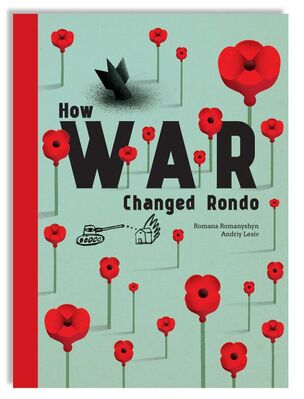
It takes a village to heal warriors – and it takes a warrior to teach the village how” state Raymond Monsour Scurfield and Katherine Theresa Platoni in their scholarly text Healing War Trauma: A Handbook of Creative Approaches.
Following the horrific news from Ukraine, an independent, rapidly developing country located in eastern Europe, US educators and literature advocates seek tools to facilitate starting conversations about the devastating effects of war on humanity and the support every individual can offer, regardless of where they are. Children’s books can serve as a great tool to start deliberate, responsible conversations through classroom dialogue. Jella Lepman (1891-1970), a German journalist, author, and translator who founded the International Youth Library in Munich right after WWII, believed that children’s books are couriers of peace. She was certain that if children read books from other countries, they would realize that they share common human values and strive to preserve them. I believe that we, as global-minded educators and literature advocates, should, to use Scurfield and Platoni’s words, become warriors of peace; peacemakers who prepare our children to grow into wise, understanding, and sympathetic global citizens who have the will and the capacity to heal the world. Being originally from Ukraine and witnessing this horrific war unfolding in my country, where all my family and friends live, I feel the cruciality of this duty urgently and viscerally. Thus, I want to bring to your attention the picturebook How War Changed Rondo, which is a Ukrainian export. The book has been recognized as a Kirkus Best Book of 2021 and as a USBBY Outstanding International Book of 2022. Interestingly, this book was created by the Ukrainian book creators Romana Romanyshyn and Andriy Lesiv in 2014. The book won the 2015 Bologna Ragazzi Award, which is one of the most prestigious European Awards in children’s literature. I translated this book as soon as it was written. It was an imperative for me to bring it to the attention of English-speaking readers as it highlights a vital turning point in Ukraine's independent history: Russia’s annexation of Crimea and occupation of the eastern part of Ukraine in 2014 (Ukraine has been an independent country since the Soviet Union collapsed in 1991). I also felt responsibility to share with global young readers that we, as human beings, all want peace and democracy; we want to create and to thrive. In the picturebook, through the fictionalized characters, Danko (a light bulb), Fabian (a pink balloon dog), and Zirka (an origami bird), Romanyshyn and Lesiv depict the horrors of invasion of one’s own country, the impact of war, and the destruction in brings to everyone.
When I translated the text, I brought it to my classroom. It was 2015 and I taught a Children’s Literature course at the University of Georgia. When my students, who were future educators, read the text of How War Changed Rondo (the book was not yet published in the US), their empathy was sharp and deep. What’s important to know – I read the text without showing them the illustrations, so they could imagine the characters by themselves. After the reading, I invited them to write down their responses or/and to draw them. In particular, I invited them to imagine who the characters of the book are and what their injuries might look like. This was a very fruitful experience that further connected my students emotionally with the text and grounded their empathy. Finally, I showed them Andriy Lesiv’s original illustrations and they were touched by the perspective they created. You can use a similar approach when reading this picturebook in your classroom, or you can do it your own way. The possibilities are endless. You might also like to pair it with a short professional animated video of The War That Changed Rondo recently done by Chervony Sobaka (Red Dog Studio). This will be a good set to bring an intelligent perspective on such an important topic.
Donating to Help
If you are looking for donation options to support the people of Ukraine, here are some outlets for your consideration.
References
Lepman, J. (2002). A bridge of children’s books: the inspiring autobiography of a remarkable woman. Dublin, Ireland: The O’Brien Press, Ltd. Romanyshyn, R., Lesiv A., How War Changed Rondo. New York: Enchanted Lion Books. Scurfield, R. M., Platoni, K. Th. (2012). Healing War Trauma: A Handbook of Creative Approaches. New York: Routledge.
Oksana Lushchevska, Ph.D. is an independent children's literature scholar and a Ukrainian children's book author and translator. She is a publishing industry and government consultant in Ukraine and founder of Story+I Writing Group. She was a recipient of the 2015 CLA Research Award.
Website: http://www.lushchevska.com By Julie Waugh and Erika Thulin Dawes on behalf of The Biography Clearinghouse.  March is Women’s History month and picturebook biographies are a powerful way to recognize and celebrate the accomplishments of women. In the most recent Biography Clearinghouse entry, we explore Victoria Tentler-Krylov’s picture book biography Building Zaha: The Story of Architect Zaha Hadid. As a child, Zaha Hadid was fascinated by aspects of her surroundings that others passed by without observing. Her eye for the beauty in nature developed into a vision for architecture that challenged existing perceptions of what a building could be. In Building Zaha, Victoria Tentler-Krylov describes how these seeds of interest planted in childhood grew into a career and a passionate commitment to an artform. Tentler-Krylov’s water illustrations soar across the page, lifting readers into Zaha’s vision of what humankind’s structures might aspire to be. In the Biography Clearinghouse entry for Building Zaha, you will find an interview, in which Victoria Tentler-Krylov describes how her own education as an architect influenced her writing of Zaha Hadid’s story. You’ll find teaching ideas that focus on character development, mentoring, and goal setting, as well as ideas that build content knowledge about the relationship between architecture and nature, the design processes of architecture, and women leaders in the field. Like us, you will be inspired by the lessons that author/ illustrator Victoria Tentler-Krylov learned from studying the life of Zaha Hadid: “Trust your own voice. Trust your own vision.” Here is an excerpt of the teaching ideas in the Biography Clearinghouse entry for Building Zaha: Exploring Zaha’s Designs 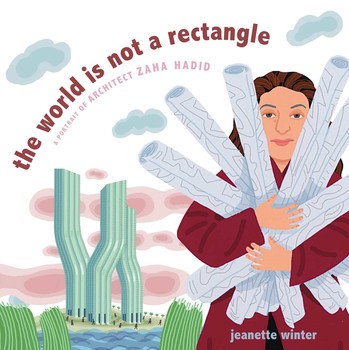 Zaha Hadid became known as “the queen of the curve” in the architecture world. She created buildings with shapes that people thought impossible to build. Invite students to explore, notice, and wonder with Zaha Hadid’s amazing projects:
Another recent children's book biography about Zaha Hadid is The World is Not a Rectangle by Jeanette Winter. Winter’s book focuses heavily on how Zaha Hadid’s work is influenced by the natural world, whereas Tentler-Krylov’s book focuses more on Zaha the person. The paired texts could provide a powerful invitation for students to compare and contrast the different ways in which authors made choices about how to share a person’s life in picture book format. Breaking Boundaries: Female Architects
Designing for Form and Function: Thinking Like an Architect Victoria Tentler-Krylov shared how one of her favorite illustrations in Building Zaha is the spread where a young Zaha is the only character in a crowded space who is looking up in a beautiful mosque. Looking closely and wondering can help you think and work like an architect. Looking closely and wondering can also help you focus on form (what a space looks like) in architecture, and how well that form meets function (what is going to happen in the designed space). Form and function are ideas that need to work hand in hand for an architect to create a successful place to live or work. Some people told Zaha Hadid that form was more important to her than function. She was criticized that her creative, uniquely designed spaces did not use space as well as they could, or did not use space as efficiently as possible. This was part of why, early in her career, people told Zaha that she would only be a “paper architect” - an architect that would only have designs on paper and not made into buildings.
Erika Thulin Dawes is Professor of Language and Literacy at Lesley University where she teaches courses in children’s literature and early childhood literacy. She blogs about teaching with children’s literature at The Classroom Bookshelf, a School Library Journal blog, and is a former chair of NCTE’s Charlotte Huck Award for Outstanding Fiction for Children. Julie Waugh teaches 8th grade ELA at Smith Junior High and serves as an Inquiry Coach for Mesa Public Schools. She delights in the company of children surrounded and inspired by books. A longtime member of NCTE, and an enthusiastic newer member of CLA, Julie is a former committee member of NCTE's Orbis Pictus Award for Outstanding Nonfiction for Children. |
Authors:
|
CLA
About CLA
|
Journal of Children's Literature
Write for JCL
|
ResourcesCLA-sponsored NCTE Position Statements
|
Members-Only Content
CLA Video Library
|
© COPYRIGHT 2018.
ALL RIGHTS RESERVED |



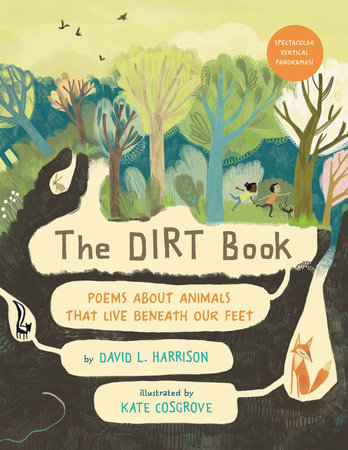





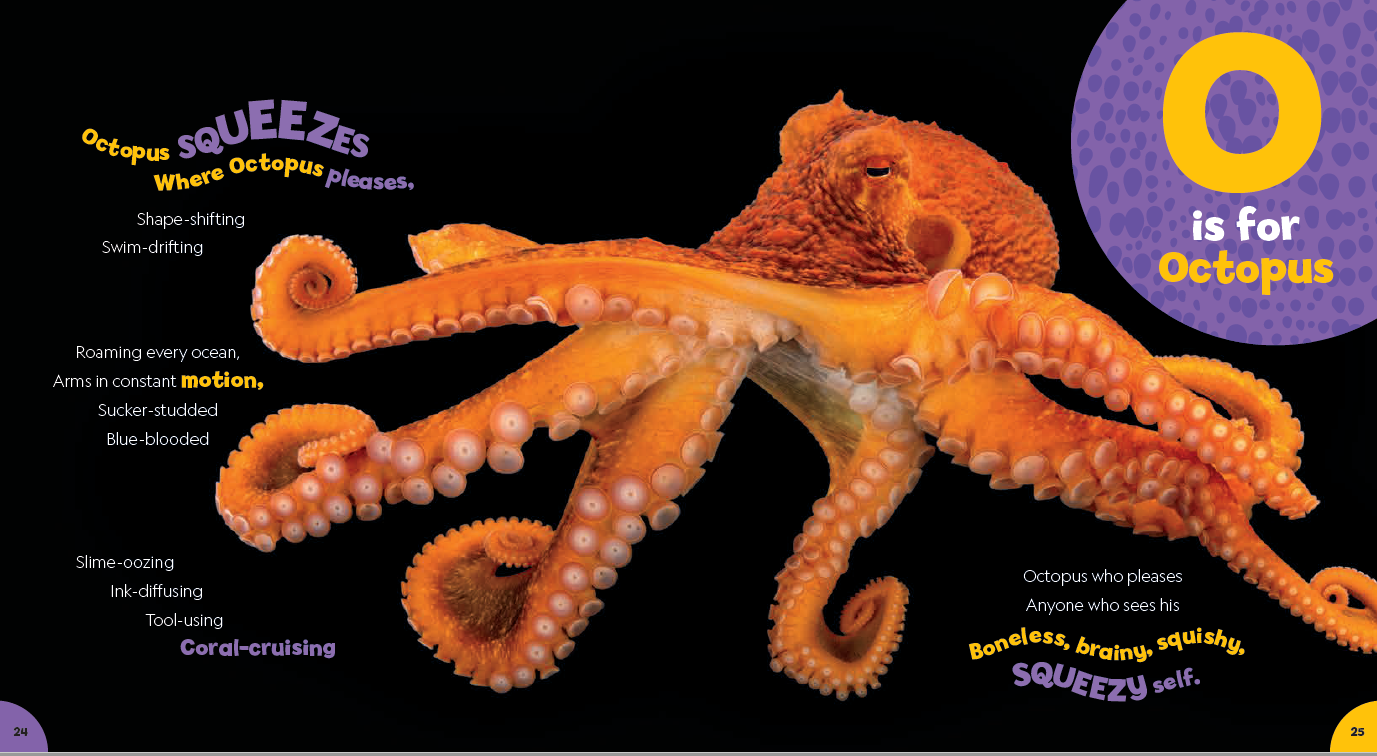








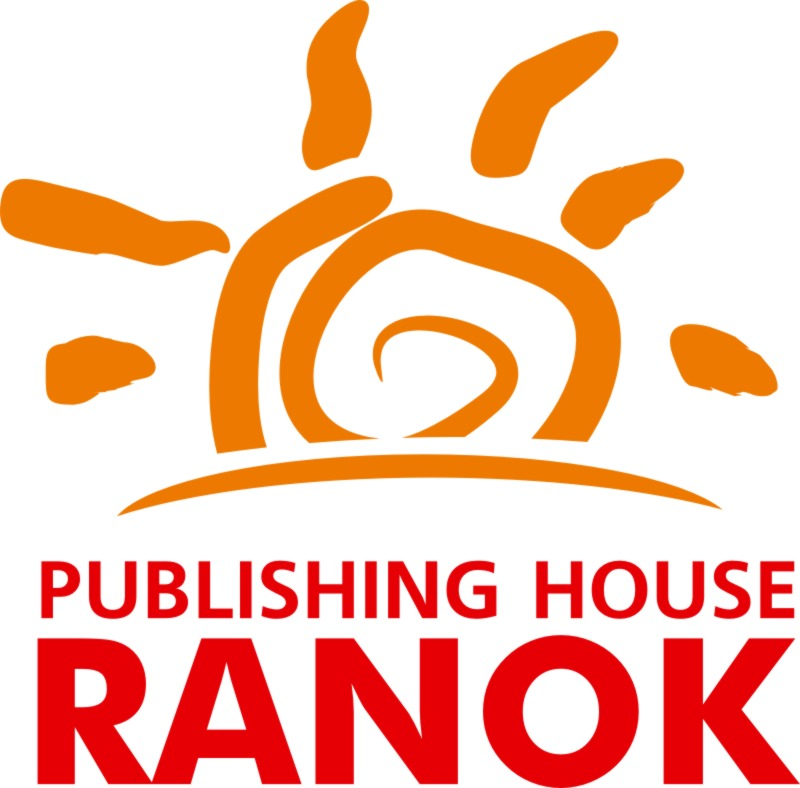



 RSS Feed
RSS Feed